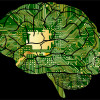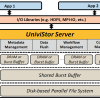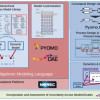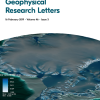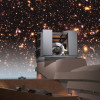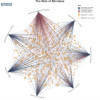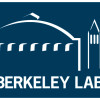News
Berkeley Lab Team Using Deep Learning to Help VA Identify Suicide Risk in Veterans
Researchers in Berkeley Lab's Computational Research Division are applying deep learning methods and data analytics to electronic health record data to help the Veterans Administration address a host of medical and psychological challenges affecting many of the nation’s 700,000 military veterans. Read More »
UniviStor: Next-Generation Data Storage for Heterogeneous HPC
The Proactive Data Containers project team at Berkeley Lab is developing object-oriented I/O services designed to simplify data movement, data management, and data reading services on next-generation HPC architectures. Read More »
NESAP Teams Start Prepping Applications for Next-Generation Perlmutter Architecture
NERSC has announced the latest round of NERSC Exascale Science Application Program teams that will focus on simulation, data analysis, and machine learning applications to prepare workloads for NERSC’s next supercomputer, Perlmutter. Read More »
IDAES Process Systems Engineering Software Now Open Source
IDAES has released the first open-source version of its next-generation computational framework and model library, created to optimize the design of process systems engineering solutions used to model advanced energy systems. Read More »
NERSC, NVIDIA to Partner on Compiler Development for Perlmutter System
The National Energy Research Scientific Computing Center has signed a contract with NVIDIA to enhance GPU compiler capabilities for Berkeley Lab’s next-generation Perlmutter supercomputer. Read More »
Ice Sheet Modeling Probes Antarctic Vulnerabilities
The BISICLES ice sheet model uses high performance computing resources at the National Energy Research Scientific Computing Center (NERSC) to systematically examine where the Antarctic Ice Sheet is vulnerable and the resulting potential for large contributions to sea level rise. Read More »
ExaLearn for Surrogates: Making Realistic Simulations on the Cheap
ExaLearn is a new machine learning project supported by DOE’s Exascale Computing Project that is developing new tools to help scientists deal with massive experimental datasets and simulations through the use of machine learning. Read More »
New Computational Biosciences Group Aims to Build on Lab Strengths, Break Down Barriers
A new group in Berkeley Lab’s Computational Research Division (CRD) aims to tap into the lab's expertise in both computing and biosciences, crossing organizational lines to create an integrated team to develop new tools for addressing a range of scientific problems. “It's no secret that Berkeley Lab is a hotbed of computing and bioscience — just look at our research facilities like NERSC, JGI, JBEI and ESnet,” said computational neuroscientist Kris Bouchard, acting leader of the new… Read More »
Seeing the Web of Microbes
Researchers from Berkeley Lab have built an interactive, web-based data visualization tool to observe how organisms transform their environments through the increase and decrease of metabolites — enabling scientists to quickly see patterns in microbial food webs. Read More »
New Employee Profiles: January/February
Brief profiles of Computing Sciences staff who recently joined NERSC, CRD and ESnet. Read More »







 Instagram
Instagram YouTube
YouTube